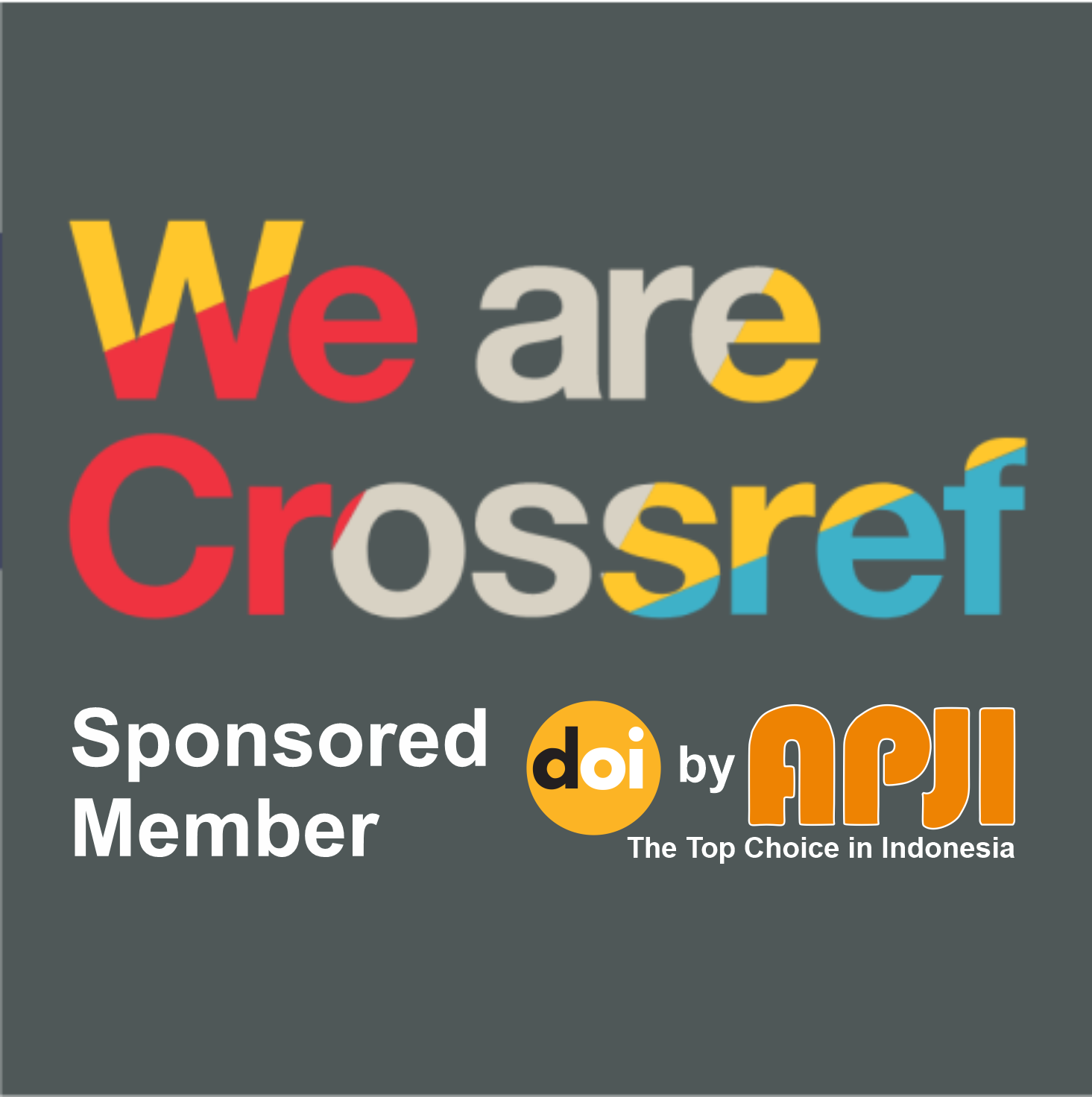Analysis of the Role and Development of Social Media in Improving Arabic Language Skills in the 5.0 Era
Keywords:
Arabic Language Skills, Learning, Social MediaAbstract
This study explores the increasingly prominent role of social media in the field of education, particularly in enhancing Arabic language skills. In recent years, the use of social media has emerged as a global phenomenon that significantly influences various aspects of daily life, including how languages are learned and taught. The objective of this research is to examine how social media can be utilized as an effective tool to support and improve Arabic language learning. A qualitative method was employed through a comprehensive literature review of scholarly sources and studies focusing on Arabic language acquisition via social media platforms. The findings of this study indicate that when used strategically and purposefully, social media can contribute positively to the development of the four essential language skills: listening, speaking, reading, and writing. Platforms such as YouTube, Instagram, Facebook, TikTok, and WhatsApp, among others, offer learners interactive and immersive environments where they can access authentic Arabic content, communicate with native speakers, and practice the language in real-time contexts. These tools help learners engage more actively and build both linguistic competence and cultural awareness. Furthermore, the study emphasizes the importance of integrating social media as a complementary medium alongside traditional classroom instruction. Educators are encouraged to design learning activities that incorporate social media to enhance student motivation, participation, and language exposure. In conclusion, the effective use of social media holds great potential to enrich Arabic language learning, making the process more dynamic, accessible, and aligned with the digital habits of today’s learners.
References
Andry Eka Setiyawan, Akla, & Walfajri. (2021). Arabic Language Learning in Madrasah Aliyah. El-Jaudah : Journal of Arabic Language and Literature Education, 2(1), 1–18. https://doi.org/10.56874/faf.v2i1.356
Aziza, L. F., & Muliansyah, A. (2020). Arabic language skills with a comprehensive approach. El-Tsaqafah: Journal of the Department of PBA, 19(1), 56–71.
Danang Sanggabuana, S. A. (2018). The Impact of Social Media on Small and Medium Enterprises (SMEs). Journal of Communication.
Fuadah, S., Sunan, U., 2020. (2020). Arabic Study of the Use of Instagram Media @Nahwu_Pedia in Mahārah Al Qira'ah and Mahārah Al Kitabah Arabic Language Students. ARAB STUDIES, 11(2), 137–151. https://jurnal.yudharta.ac.id/v2/index.php/studi-arab
Hamat, A., Embi, M. A., & Hassan, H. A. (2012). The use of social networking sites among Malaysian university students. International Education Studies, 5(3), 56–66. https://doi.org/10.5539/ies.v5n3p56
Jamil, H., & Agung, N. (2022). The Challenges of Arabic Language Learning in the Society 5.0 Era: An Interactive App-Based Arabic Learning Analysis. Alibbaa': Journal of Arabic Language Education, 3(1), 38–51. https://doi.org/10.19105/ajpba.v3i1.5536
Jubir, M. (2010). Arabic Language Learning System. Cet. I; Central Sulawesi.
Keshav, M., Julien, L., & Miezel, J. (2022). The Role Of Technology In Era 5.0 In The Development Of Arabic Language In The World Of Education. Journal International of Lingua and Technology, 1(2), 79–98. https://doi.org/10.55849/jiltech.v1i2.85
Khumaedi, A. A., Islam, U., Abdurrahman, N. K. H., Pekalongan, W., Baru, P., & Pekalongan, K. (2024). The Development of Arabic Digital Literacy: Opportunities and Challenges of the Era.
Kurniati, D., Rois, I. N., & Irmariyadi. (2020). Character Education in Arabic Language Learning in the Era of the Industrial Revolution 4.0. Proceedings of the National Conference on Education, 2(1), 63–68. https://ejurnal.mercubuana-yogya.ac.id/index.php/Prosiding_KoPeN/article/view/1079
Liedfray, T., Waani, F. J., & Lasut, J. J. (2022). The Role of Social Media in Strengthening Interaction Between Families in Esandom Village, East Tombatu District, East Tombatu Regency, Southeast Minasa Regency. Journal of the Scientific Society, 2(1), 2. https://ejournal.unsrat.ac.id/v3/index.php/jurnalilmiahsociety/article/download/38118/34843/81259
Manca, S., & Ranieri, M. (2016). Facebook and the Others. Potentials and obstacles of Social Media for teaching in higher education. Computers & Education, 95, 216–230. https://doi.org/10.1016/j.compedu.2016.01.012
Miftachul Taubah, & Muhammad Nur Hadi. (2020). Tik Tok Application as a Learning Media for Maharah Kalam. Mu'allim Journal, 2(1), 57–65. https://doi.org/10.35891/muallim.v2i1.2201
Mukhtar, M. (2021). Curriculum design is oriented towards traditional values and culture in shaping the character of students facing the era of society 5.0. Al-Rabwah, 15(02), 70–79. https://doi.org/10.55799/jalr.v15i02.99
Mulawarman, M., & Nurfitri, A. D. (2017). Social Media User Behavior and Its Implications Reviewed from the Perspective of Applied Social Psychology. Bulletin of Psychology, 25(1), 36–44. https://doi.org/10.22146/buletinpsikologi.22759
Noor, F. (2018). Arabic Language Learning Curriculum in Higher Education. Arabic : Arabic Journal, 2(1), 1. https://doi.org/10.29240/jba.v2i1.305
Rafiq, A. (2020). The Impact of Social Media on Social Change in a Society. Journal of Global Communication, 1(1), 19–29, Glo Journal.
Rika Widianita, D. (2023). No Covariance Structure Analysis on Health-Related Indices in Elderly People Living at Home with a Focus on Subjective Health PerceptionsTitle. AT-TAWASSUTH: Jurnal Ekonomi Islam, VIII(I), 1–19.
Riqza, M. S., & Muassomah, M. (2020). Social Media for Arabic Language Learning during the Pandemic: A Qualitative Study of the Use of WhatsApp in Elementary Schools in Indonesia. Alsina: Journal of Arabic Studies, 2(1), 71. https://doi.org/10.21580/alsina.2.1.5946
Sa'diyah, H. (2021). Maharah Al-Kitabah Learning Opportunities Assisted by Whatsapp Media for Students in Online Time. Maharaat: Journal of Arabic Language Education, 4(1), 1–16. https://doi.org/10.18196/mht.v4i1.12255
Sa'diyah, H., & Alfian, I. (2021). Whatsapp Small Groups as a Learning Media for Maharah Al-Kalam in the Future. Arabia, 13(1), 1. https://doi.org/10.21043/arabia.v13i1.10217
Sanjaya, W. (2015). Educational Research Types, Methods and Procedures (3rd ed. Prenada media group.
Sugiono, S. (2020). Digital Content Industry in Society 5.0 Perspective. Journal of Science and Technology-KOM (Journal of Communication Science and Technology), 22(2), 175–191.
Wu, F., Wu, T., & Yuce, M. R. (2019). An internet-of-things (IoT) network system for connected safety and health monitoring applications. Sensors (Switzerland), 19(1). https://doi.org/10.3390/s19010021
Zubaidi, A., Junanah, J., & Shodiq, M. J. (2021). The development of social media-based mahârah al-kalâm learning media using the Tiktok application. Arabic: Journal of Arabic Studies, 6(1), 119. https://doi.org/10.24865/ajas.v6i1.341
Downloads
Published
Issue
Section
License
Copyright (c) 2025 Septika Rudiamon, Fatimah Al-Rashid, Sisri Wahyuni (Author)

This work is licensed under a Creative Commons Attribution-ShareAlike 4.0 International License.














